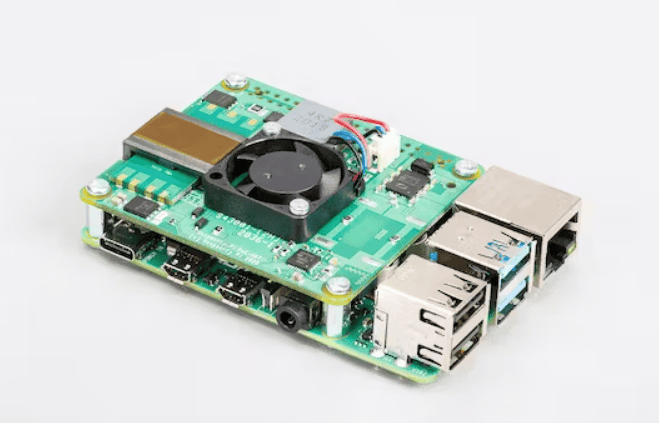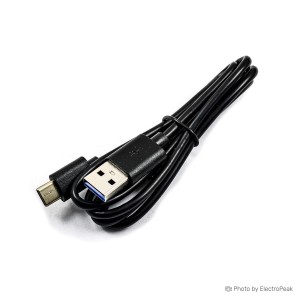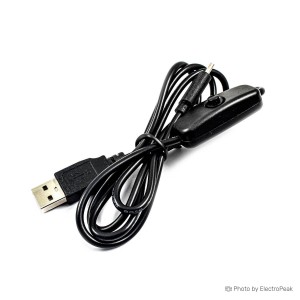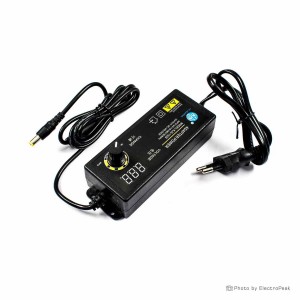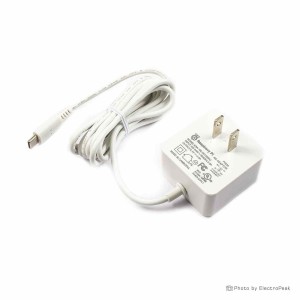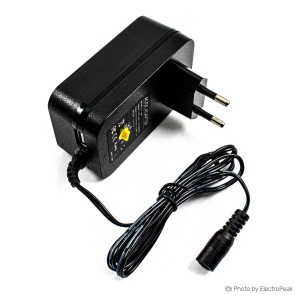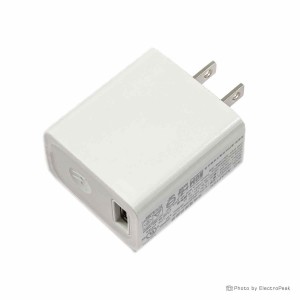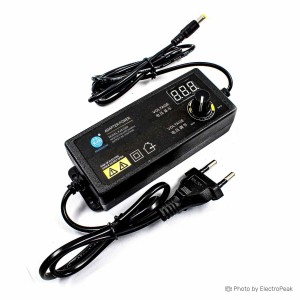All Raspberry Pi models function within a voltage range of 4.75 to 5.25 volts. It's important to note that when the Raspberry Pi draws current, there might be a slight voltage drop, which could trigger an undervoltage condition. Therefore, it is recommended to use a power source with a slightly higher voltage and employ a DC-DC step-down regulator to stabilize the input voltage at 5.2 to 5.3 volts for optimal performance.
Raspberry Pi Power Adapter
-
Docomo Micro USB Adapter 5V 2.6A
Out of stock -
Raspberry Pi 4 5V 3A Power Adapter
Out of stock -
CASIM USB Power Adapter - 5V, 2.4A
Out of stock -
Motorola Power Adapter for Raspberry Pi 4 - 5.2V, 2A
Out of stock
Raspberry Pi Power Adapters
A Raspberry Pi power adapter is a vital accessory designed to provide a stable power supply to Raspberry Pi single-board computers. It converts electrical input into the specific voltage and current required by various Raspberry Pi models, ensuring reliable operation. This compact and essential component is a must-have for anyone engaging in Raspberry Pi projects, powering the device and facilitating seamless functionality.
Price of Raspberry Pi Power Adapters
The cost of Raspberry Pi power adapters varies based on factors such as brand, specifications, and additional features. While official adapters offer reliability, third-party options may provide budget-friendly alternatives. When selecting an adapter, consider the specific needs of your Raspberry Pi model, balancing quality with affordability for an optimal solution.
Tips for Buying a Raspberry Pi Power Adapter
Popular Models of Raspberry Pi Power Adapters:
Voltage Requirements for Raspberry Pi 3/4/5
Current Requirements for Raspberry Pi 3/4/5
Typically, under normal operating conditions, a Raspberry Pi 3/4/5 consumes an average of around 1A. However, during more demanding tasks or heavy-duty operations, the power draw increases, reaching a range of 2.5A to 3A. It's essential to ensure a stable power supply within the recommended voltage range of 4.75 to 5.25 volts to prevent undervoltage triggers.
Power Input Port for Raspberry Pi 3/4/5
The Raspberry Pi 3 features a microUSB power input port, while the Raspberry Pi 4 and 5 are equipped with a USB-C port. This provides a convenient and universally compatible power connection
Undervoltage Trigger Points for Raspberry Pi 3/4/5
For almost all model Undervoltage Trigger Points is 4.65 volt, this trigger normally do not damage the operation of Raspberry Pi ,but may cues slow down operation to avoid showdown. To avoid this trigger it is recommended to use a power source with a slightly higher voltage and employ a DC-DC step-down regulator to stabilize the input voltage at 5.2 to 5.3 volts for optimal performance.

Using the 5-Volt Pin as Input Voltage
The 5-volt pin on the pin header of Raspberry Pi 3, 4, and 5 is primarily designed as an output, not intended for use as an input. However, it can be repurposed for this function if needed. For added safety, we recommend incorporating a fuse (3~4A for Zin) and TVS diode (SMBJ 5V for D1) before establishing this connection
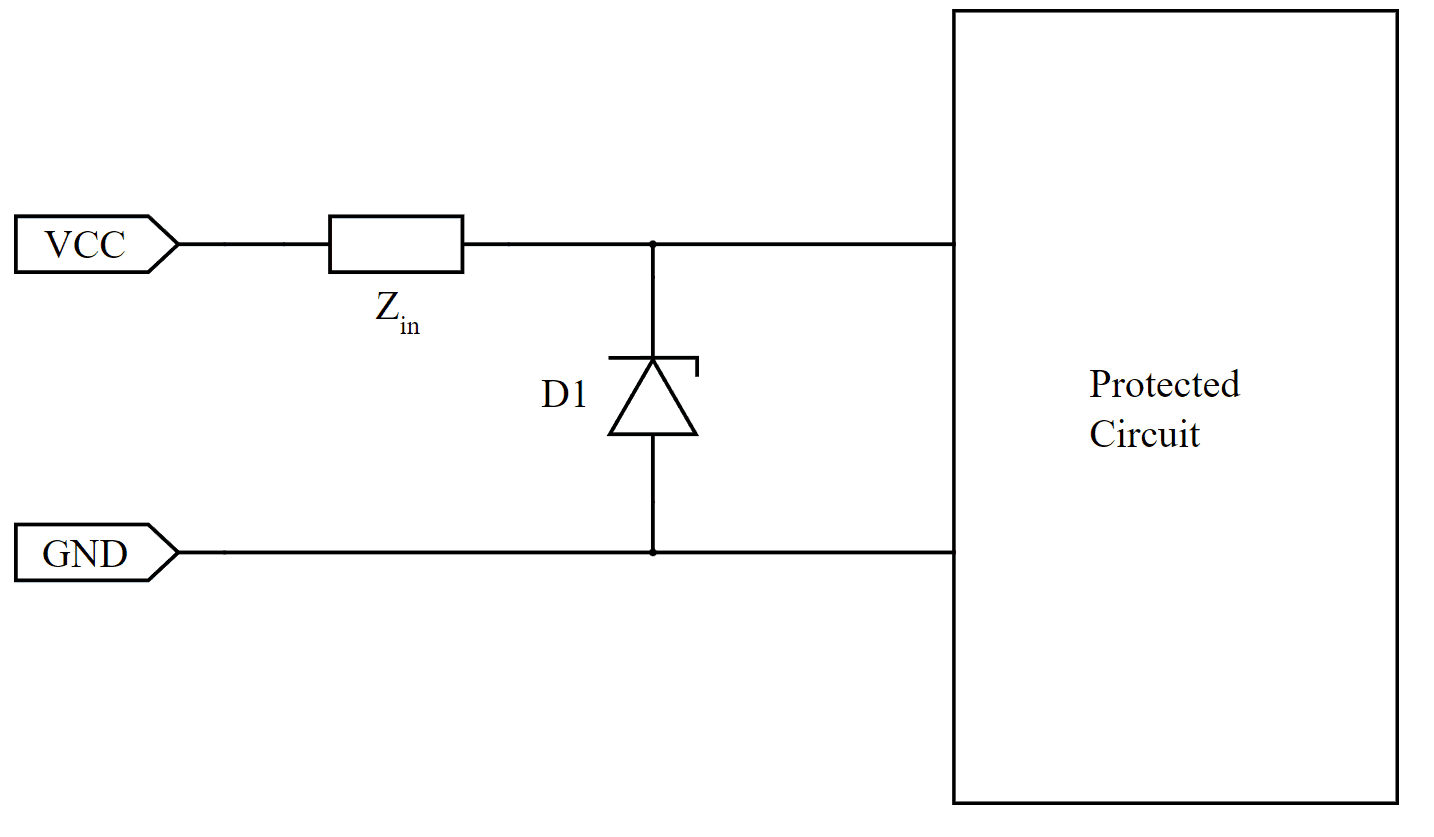
Utilizing Power over Ethernet (POE) with Raspberry Pi 3/4/5
To leverage Power over Ethernet (POE) with Raspberry Pi 3, 4, and 5, a (Hardware Attached on Top) is required. The POE HAT facilitates both data and power transmission through a single Ethernet cable, simplifying cable management. This feature is particularly advantageous in scenarios where a clean and organized setup is essential, offering a streamlined solution for power delivery to the Raspberry Pi via the Ethernet connection.
